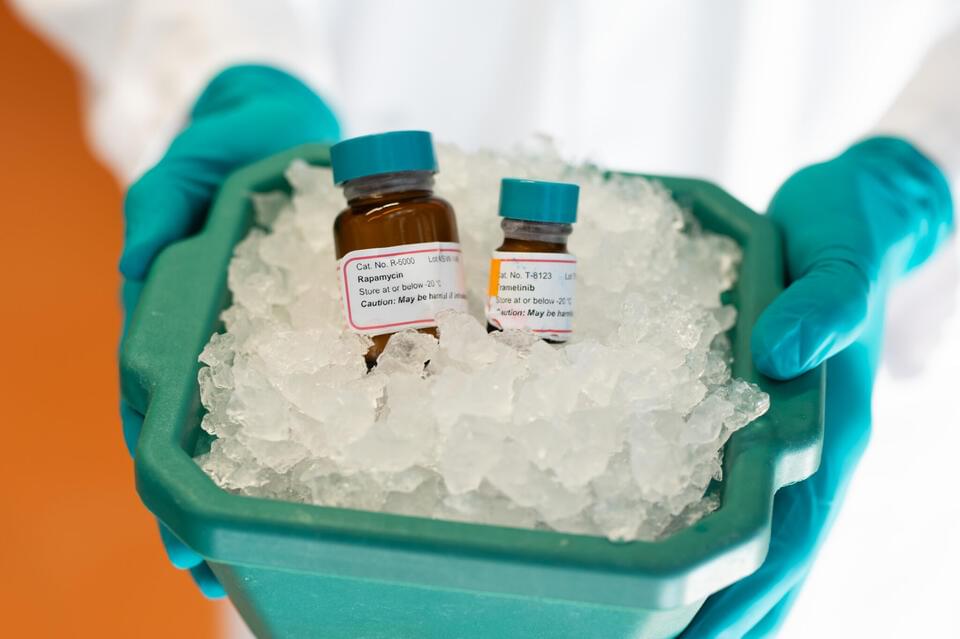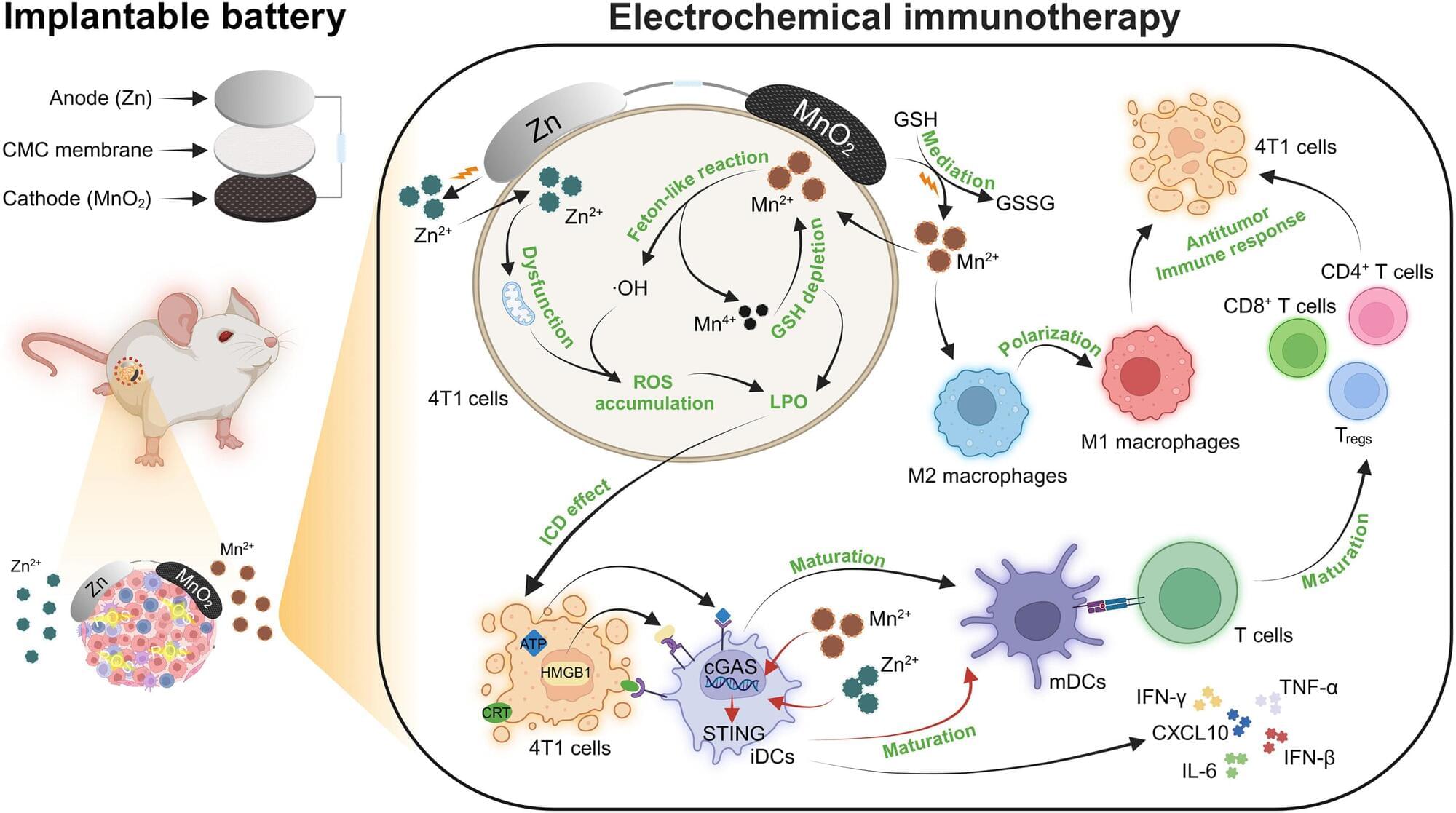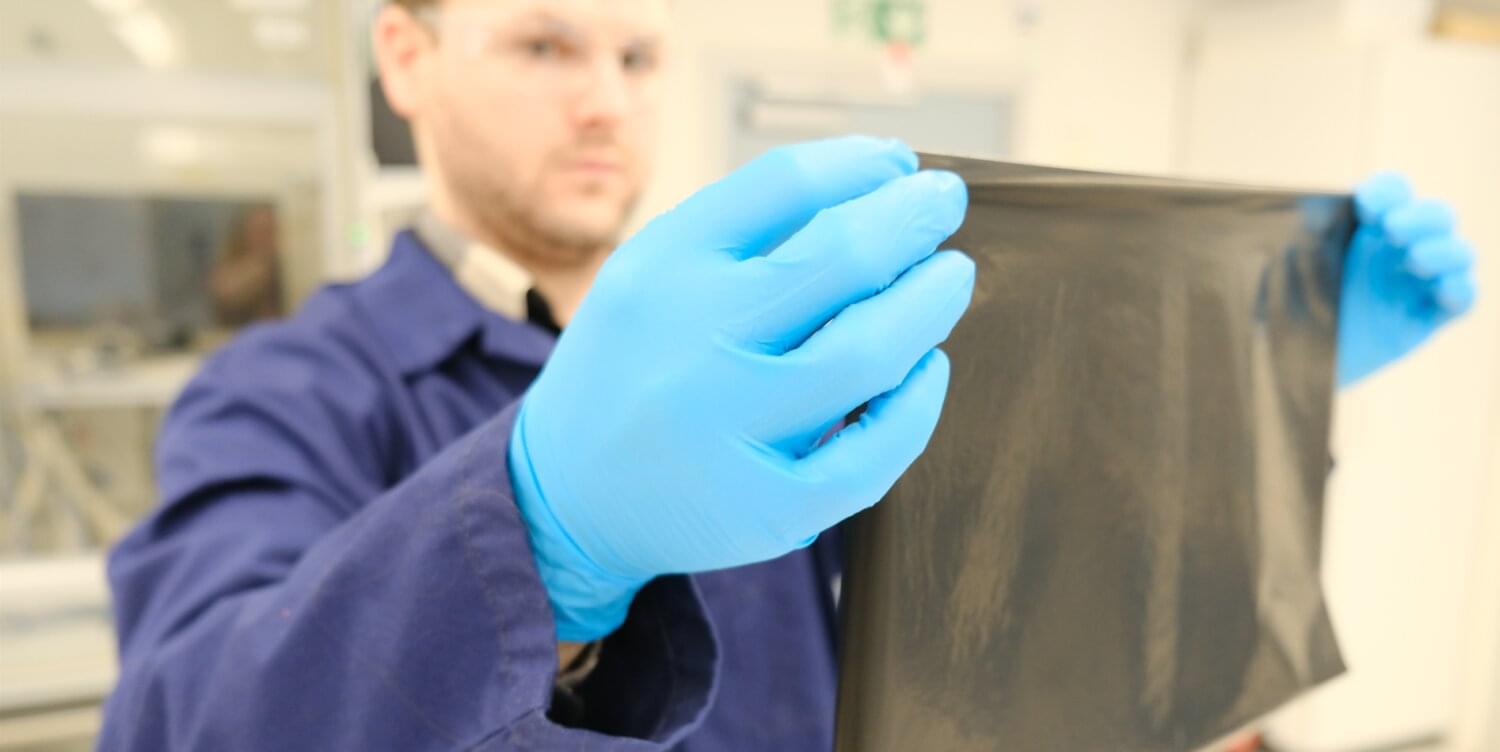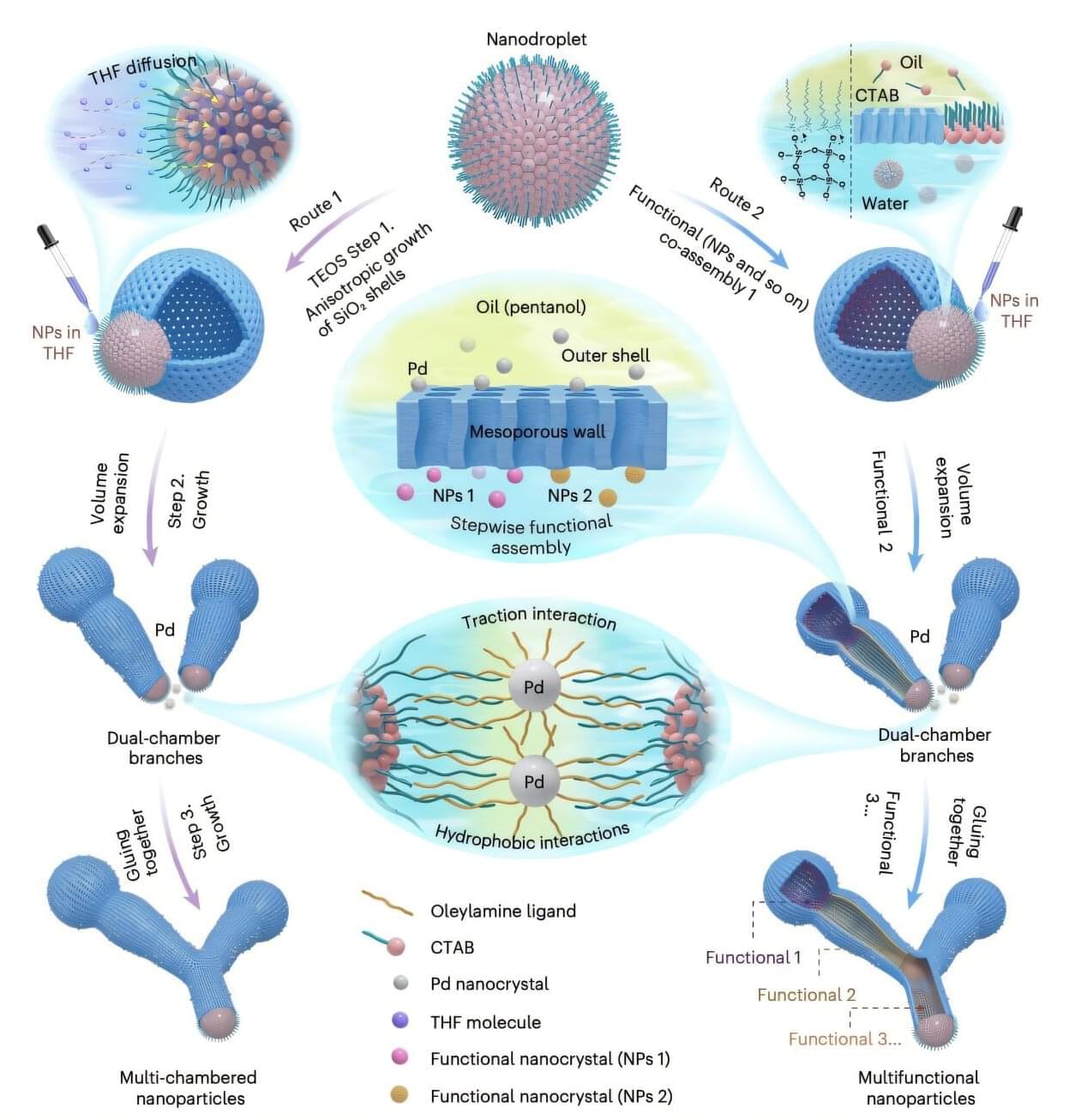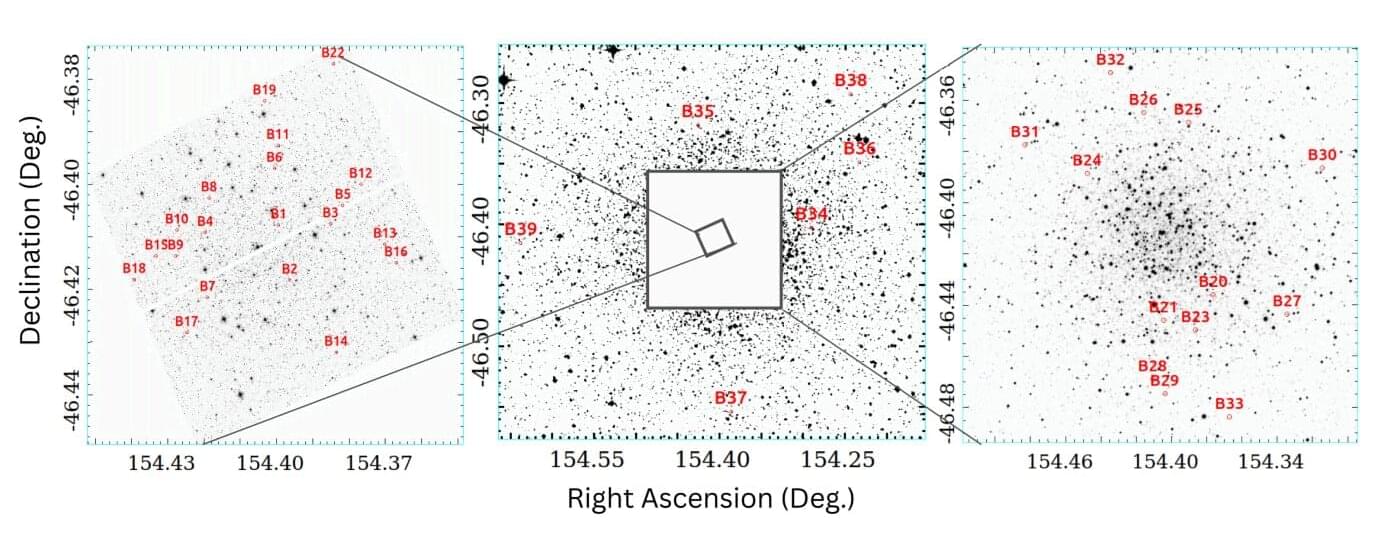Discover the fifth state of matter, beyond solid, liquid, gas, and plasma. This is a quantum leap in physics with groundbreaking scientific potential.
In this episode of The Moss Report, Ben Moss sits down with Dr. Ralph Moss to explore the real-world pros and cons of using artificial intelligence in cancer research and care.
From AI-generated health advice to PubMed citations that don’t exist, this honest conversation covers what AI tools are getting right—and where they can dangerously mislead.
Dr. Moss shares the results of his own AI test across five major platforms, exposing their strengths and surprising failures.
Whether you’re a cancer patient, caregiver, or simply curious about how AI is shaping the future of medicine, this episode is essential listening.
Links and Resources:
🌿 The Moss Method – Fight Cancer Naturally – (Paperback, Hardcover, Kindle) https://amzn.to/4dGvVjp.
Scientists in Europe have tested an anti-aging drug cocktail in mice and found that it extended the animals’ lifespans by around 30 percent. The mice stayed healthier for longer too, with less chronic inflammation and delayed cancer onset.
The two drugs are rapamycin and trametinib, which are both used to treat different types of cancer. Rapamycin is also often used to prevent organ rejection, and has shown promise in extending lifespans in animal tests. Trametinib, meanwhile, has been shown to extend the lifespan of fruit flies, but whether that worked in larger animals remained to be seen.
So for a new study, a research team led by scientists from the Max Planck Institute in Germany investigated how both drugs, on their own and together, could extend lifespan in mice.
NIH-funded project helps unravel the brain’s wiring, giving clues to how we see the world.
A pioneering biobattery has been shown to reduce tumor growth in the body and could hold the key to a new drug-free immunotherapy treatment in cancer patients.
The breakthrough, a global collaboration between Distinguished Professor Gordon Wallace and Professor Caiyun Wang from the Intelligent Polymer Research Institute (IPRI) at the University of Wollongong (UOW) and researchers from Jilin University in China, is outlined in a new paper published in Science Advances.
Biobatteries have the same basic parts as regular batteries—two electrodes (anode and cathode), a separator and an electrolyte—but use biological processes to create electricity. The paper examines how biobatteries can be used to target tumors and spark a localized immunotherapy response in the body.
Muons are elementary particles that resemble electrons, but they are heavier and decay very rapidly (i.e., in just a few microseconds). Studying muons can help to test and refine the standard of particle physics, while also potentially unveiling new phenomena or effects.
So far, the generation of muons in experimental settings has been primarily achieved using proton accelerators, which are large and expensive instruments. Muons can also originate from cosmic rays, rays of high-energy particles originating from outer space that can collide with atoms in the Earth’s atmosphere, producing muons and other secondary particles.
Researchers at the China Academy of Engineering Physics (CAEP), Guangdong Laboratory, the Chinese Academy of Sciences (CAS) and other institutes recently introduced a new method to produce muons in experimental settings, using an ultra-short high-intensity laser.
Fuel cells that run on hydrogen are efficient and emit water vapor instead of exhaust. But so far, the technology is still expensive and therefore not competitive with the electric motor alternative.
Norwegian researchers have now figured out how they can accelerate competitiveness by reducing two critical components. This could make fuel cells both cheaper and more environmentally friendly.
The technology has great potential to cut greenhouse gas emissions in the transportation sectors, especially in heavy transport, the maritime sector and—in a somewhat longer timeframe—also in aviation.
Recent technological advances have opened new possibilities for the efficient and sustainable synthesis of various valuable chemicals. Some of these advances rely on nanotechnologies, systems or techniques designed to design and study materials or devices at the nanometer scale.
Nanoreactors are nanotechnologies designed to host and control chemical reactions within confined spaces. These small structures serve as tiny “reaction vessels” that enable the precise manipulation of the reactants, catalysts and conditions to elicit desired chemical reactions.
Researchers at Inner Mongolia University, Fudan University and Julin University in China recently developed a new paddle-like mesoporous silica nanoreactor that can stir itself when exposed to a rotating magnetic field. This nanoreactor, outlined in a paper published in Nature Nanotechnology, can mix chemicals at a molecular level, enhancing the efficiency of reactions and thus potentially enhancing the synthesis of various compounds.
Team led by UChicago scientist Wendy Freedman using James Webb Space Telescope finds no evidence of tension in Hubble Constant
Using the Magellan Clay Telescope, astronomers have performed a spectroscopic study of blue straggler stars in the globular cluster NGC 3201. Results of the new study, published May 21 on the arXiv preprint server, could help us better understand the properties and chemical composition of this cluster.
First identified in the 1950s, the blue straggler stars (BSSs) are unique main-sequence (MS) stars that are brighter, bluer, and appear younger than their coeval counterparts, hence more massive than MS stars. They are positioned to the left and above the main-sequence turnoff (MSTO) in the optical color-magnitude diagram (CMD).
One of the places to look for and investigate the BSS population are globular clusters (GCs)—gravitationally bound groups of stars. Due to their relatively high masses, the blue straggler stars can be used to probe the internal dynamics of GCs.


